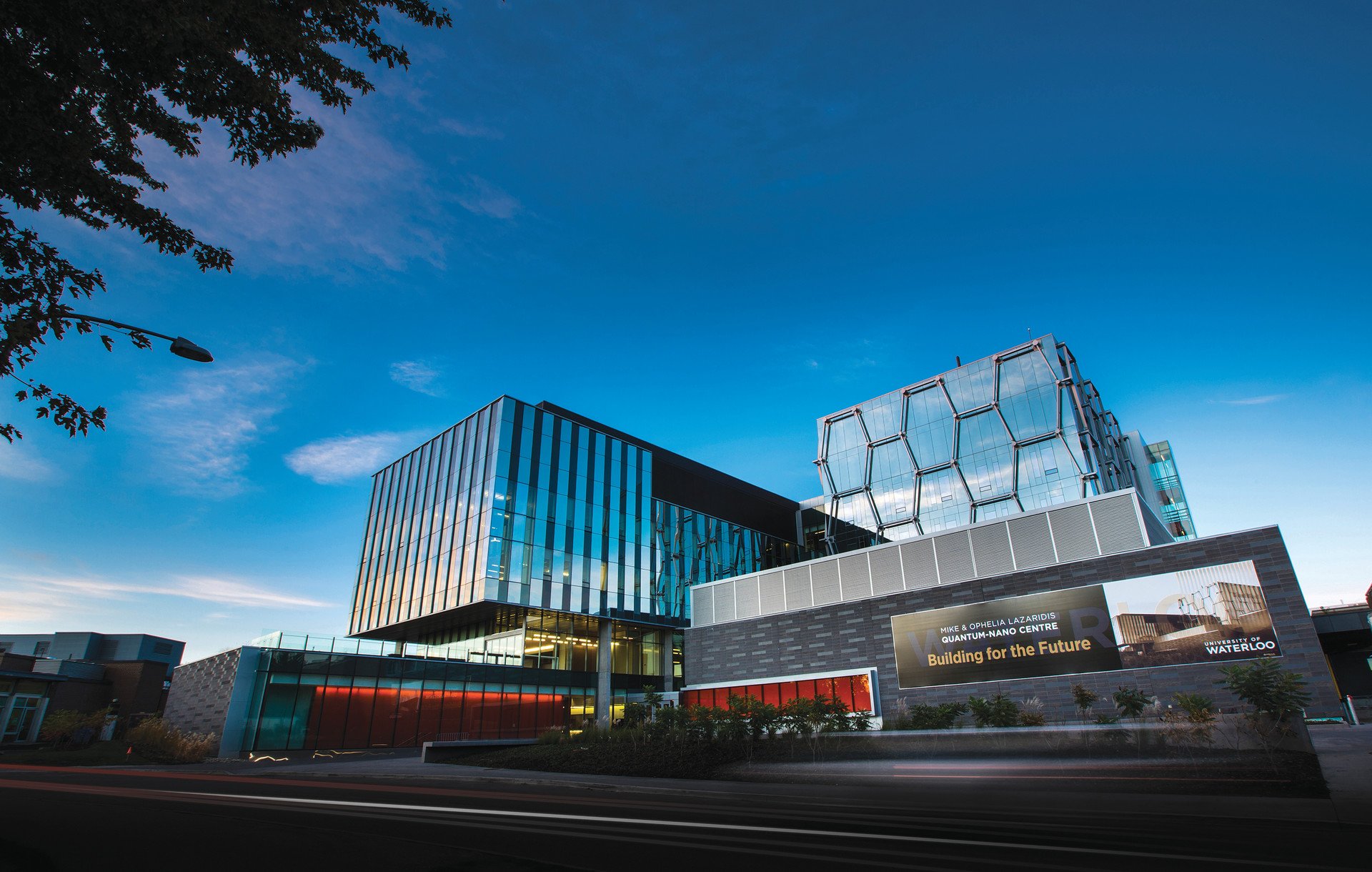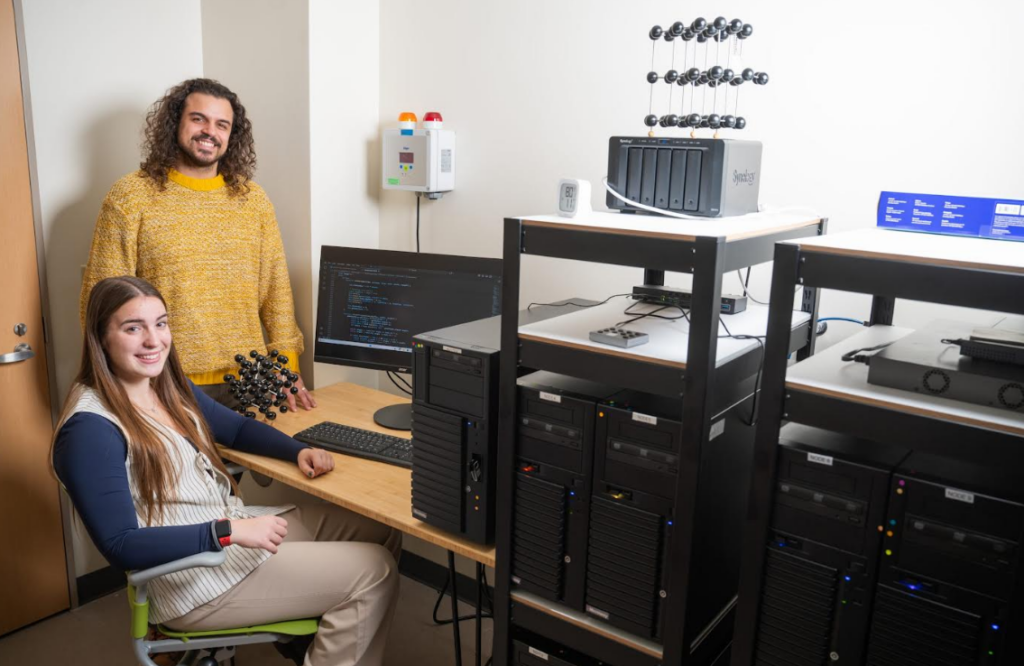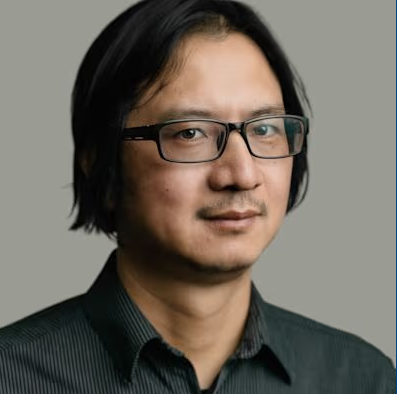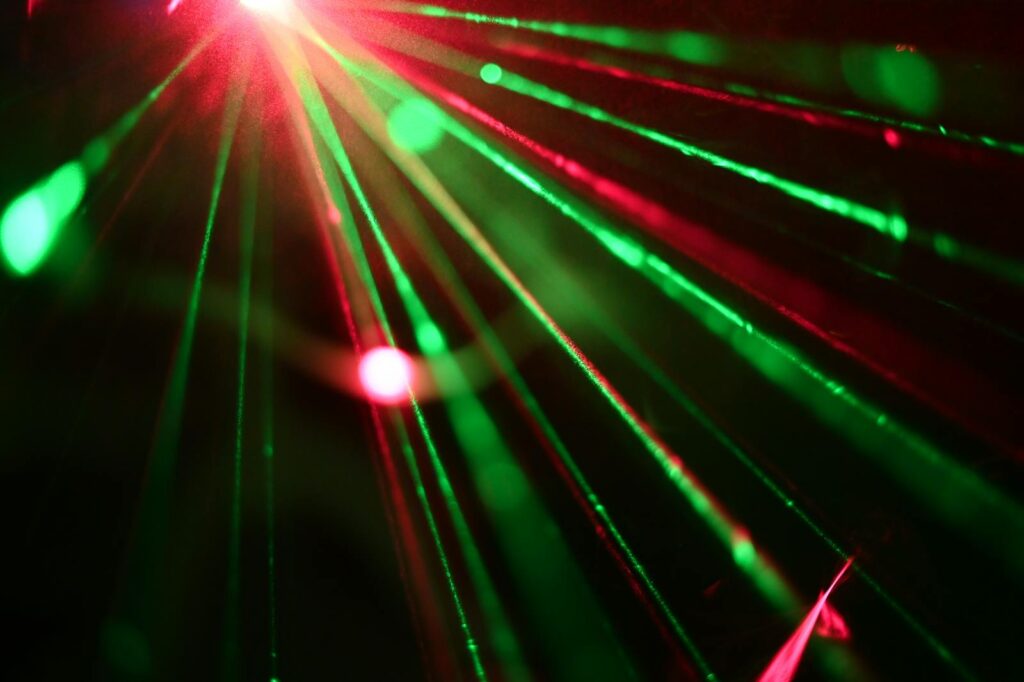Insider Brief:
- Quantum technologies challenge established systems engineering methodologies by introducing non-classical properties which complicate design, validation, and integration processes.
- Applications in navigation and radar systems demonstrate quantum technologies’ potential, though practical implementation requires overcoming size, energy efficiency, and cost barriers.
- Integrating quantum systems requires new systems engineering approaches, including isolating quantum effects within subsystems and developing predictive models tailored to quantum phenomena to reduce trial-and-error inefficiencies.
- A paper from QinetiQ, Thales, DSTL, and others advocates for a new discipline—quantum systems engineering—that combines technical innovation with interdisciplinary collaboration, encouraging quantum literacy across policymakers, industry leaders, and engineers.
When quantum physics first emerged over a century ago, it upended our understanding of the universe, revealing phenomena such as superposition and entanglement. Today, quantum mechanics continues to confound even the most seasoned scientists, yet its principles are now being put to the task for technological innovation. However, this progress does not come without challenges, as quantum systems make no false claims of simplicity. Among these challenges, one stands out: how can we integrate the unpredictable, non-classical behaviors of quantum systems into the well-established frameworks of traditional engineering? In a recent white paper presented by QinetiQ, Thales, DSTL, and others, systems engineering—rooted in the design and management of complex systems—is called upon to adapt and evolve within this developing domain.
THE UNIQUE CHALLENGES OF QUANTUM INTEGRATION
Quantum technologies hold the potential of profound advances in navigation, healthcare, and communication, yet their integration into broader systems exposes an uncomfortable tension between classical expectations and quantum realities. Systems engineering, long guided by principles of predictability and stability, faces a new and unsettling challenge: how to accommodate the unruly, non-classical behaviors that quantum systems so defiantly exhibit. As highlighted in the paper, methodologies like the V-diagram lifecycle model, built on the premise of certainty, strain under the weight of quantum unpredictability.

At the core of the issue are properties that rewrite the rules. Non-determinism replaces the assurance of predictable outcomes with probabilities, turning design and validation into exercises in likelihood rather than certainty. Entanglement creates non-local effects that disregard system boundaries. Then there is the fragility of quantum states that even the slightest environmental interference can disrupt. Complicating matters further is the exponential growth of potential quantum states as systems scale. For applications where precision and reliability are nonnegotiable, the impossibility of exhaustive testing clashes with the need for rigor. Clearly, quantum systems demand a reconsideration of the frameworks and assumptions that have long governed engineering practice.
NAVIGATING THE CHALLENGES OF QUANTUM TECHNOLOGIES IN PRACTICAL SYSTEMS
Quantum technologies have already started the difficult task of proving their potential in applications such as navigation and radar systems, though their path to practicality is far from straightforward. Traditional global navigation satellite systems are known for precision but falter when confronted with interference, whether from natural obstacles or deliberate jamming. The fallback–methods such as inertial navigation–suffers from sensor drift that steadily erodes accuracy. Quantum sensors, such as accelerometers and gyroscopes, may be able to provide both high precision and low drift. These devices could be used for navigation in GNSS-denied environments. But to achieve widespread adoption, quantum sensors must become smaller, more energy-efficient, and affordable—an engineering hurdle to be certain.
The story of quantum radar follows a similar arc of possibility met by challenge. Urban environments, with their dense clutter of buildings and noise, present difficulties for conventional radar systems, where phase noise can obscure weak signals. Quantum clocks, acting as ultra-stable oscillators, may provide a solution by reducing this noise and allowing radar systems to detect small or slow-moving objects, such as drones, at greater distances. The potential extends even further in distributed radar systems, where these clocks could lead to wider coverage and heightened sensitivity. Still, the integration of quantum clocks into such systems raises a question: how can their accuracy be maintained across networks without compromising their performance? As with all most quantum advancements, the answer may be found somewhere at the intersection of innovation and adaptability.
As made clear in the paper, integrating quantum technologies into broader systems requires a fresh perspective on systems engineering. One approach lies in the isolation and containment of quantum effects. By treating quantum components as self-contained subsystems with well-defined interfaces, their influence on the surrounding system can be carefully managed. A quantum sensor, for instance, can be designed to operate independently, allowing the classical framework to maintain its integrity and using traditional engineering practices for the larger system. This strategy provides a valuable measure of control.
But isolation, while useful, is not sufficient to address the complexities of quantum integration. The field requires predictive models tailored specifically to quantum phenomena. In their absence, the process of designing and validating systems becomes a costly cycle of trial and error—a frustrating inefficiency for technologies that demand precision. Additionally, the challenges of quantum integration cannot be resolved in isolation by any one discipline. As recommended in the study, systems engineers, quantum physicists, and device-level engineers must come together in a collaborative effort. Through effective communication and shared methodologies, the gap between the classical stability of traditional engineering and the dynamic unpredictability of quantum systems may be closed.
TOWARD A NEW DISCIPLINE: QUANTUM SYSTEMS INTEGRATION
The complexities present in quantum integration point to the need for a specialized field: quantum systems engineering. As noted in the paper, this discipline would be dedicated to addressing the challenges of quantum technologies while ensuring their smooth incorporation into classical systems. It would be designed to create reusable architectures, predictive tools, and methodologies specifically designed for the quantum domain. Also, it could address the difficulties of quantum-enabled systems, where quantum phenomena are not isolated but instead influence every layer of the system, making integration a far more complex endeavor.
Building such a discipline, however, requires more than technical advancements. As indicated in the paper, it necessitates a cultural shift within both the engineering and scientific communities. Quantum literacy must extend beyond the laboratories and into the decision-making ranks of policymakers and industry leaders. These stakeholders need a clear understanding of the opportunities and challenges that quantum technologies present. Simultaneously, engineers and scientists must be equipped with the skills to design and implement these systems effectively.
As mentioned in the paper, cultivating this level of understanding and expertise calls for a multipronged approach. Training programs, professional networks, and standardized frameworks will be essential tools in creating a skilled workforce capable of navigating the demands of quantum systems engineering. Collaborative efforts between governments, academic institutions, and industries will be equally critical, ensuring that these initiatives are well-coordinated and impactful. By building this foundation, quantum systems engineering could evolve into a discipline capable of turning quantum technologies into practical, integrated solutions.
COMPLETING THE PUZZLE
The integration of quantum technologies into existing systems presents both challenges and opportunities in spades. As quantum systems evolve, they push us to reevaluate foundational assumptions in engineering, inviting new perspectives. The interplay between their inherently unpredictable properties and the stability of established practices tests conventional design and management and demands adaptability.
As the paper highlights, this time of quantum innovation is reminiscent of the first quantum revolution, which fundamentally altered our understanding of the physical world. Now, in this second wave, we are tasked not just with the understanding and use of quantum phenomena but also with redefining the frameworks that define engineering itself.

















